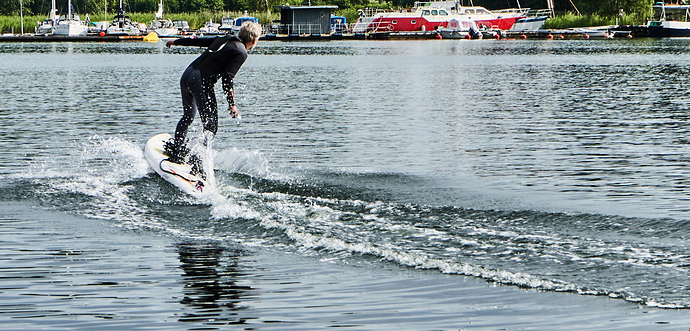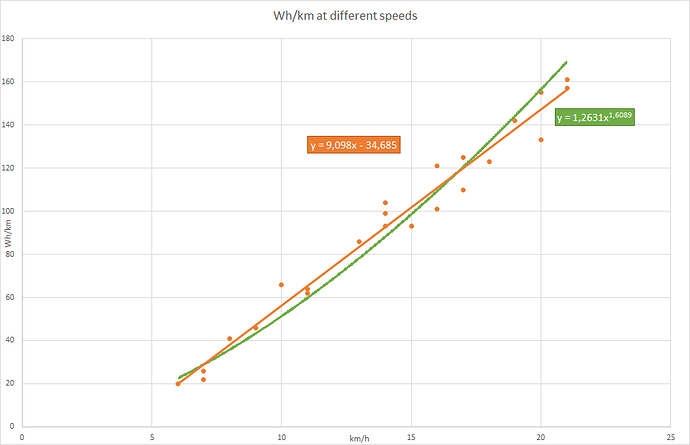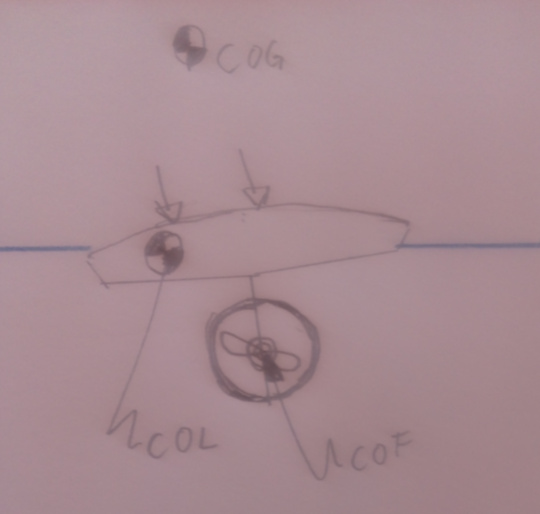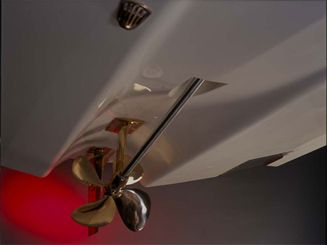So currently it is being maintained  Meaning: I got some fotos for you!
Meaning: I got some fotos for you!
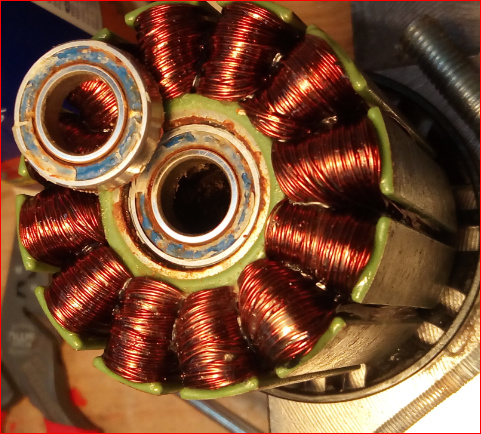
Stainless Bearings look awful and are swapped by ceramic hybrid. They still work somehow.
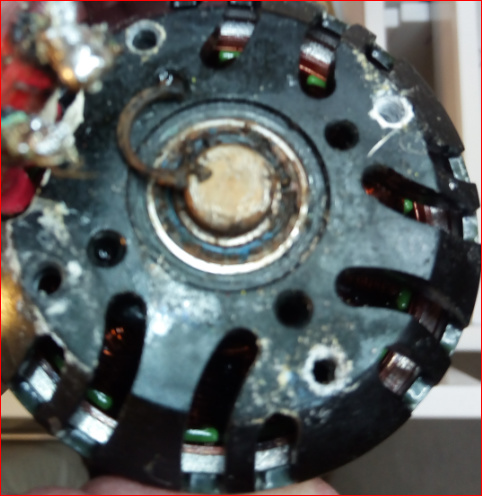
Circlip broke when i tried to remove it! Its not stainless.
The grease reservoir is gone, only some brown substance is over. The rusting circlip spreaded everywhere.
I had 4 stainless screws holding the prop. The aluminium corroded and it was large pain to remove them. One broke off and cannot be removed. Now i will use 2 threaded stubs and nuts, so the stubs can stay where they are.
I got sand and stones through the motor during this incident last summer, where it drove into the sand bank with full power and speed. There are lots of scratches on the stator and rotor. The rotor did not suffer too much, the stator has some small stains where the epoxy was removed, nothing dramatical.
Some History:
Stator built in March 2018, was used in mediterrenean sea and south england and again mediterranian salt water. Also tested some times in fresh water in germany. All together around 30-40 hours. The bearings are even older.
The first prop motor rotor had too little pitch 5" and was swapped to 8" which seems too much.
Now i build the 3rd prop for this setup with 7".
I cut them down to 136mm.
I think with every mm more diameter you get more bollard thrust. When end speed matters, medium diameter is better.
My very first build from 2016 was around 170mm. It has lots of thrust, towing another surfboard is not problem, but end speed was not gliding and too high power consumption.
Something between 120 and 170 is good, depending on power and speed. A Surfboard needs 2-3 kW to glide in rough waters and windy conditions.
I also experimented with the angle of attack of the complete fin. Since a while i angle it down by 7°. This lifts my stern up. I wonder if one could build a hybrid foil, with a lifting stern foil and two pawns…




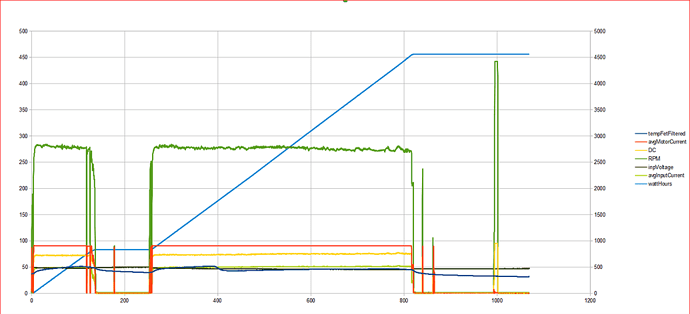
 Meaning: I got some fotos for you!
Meaning: I got some fotos for you!




